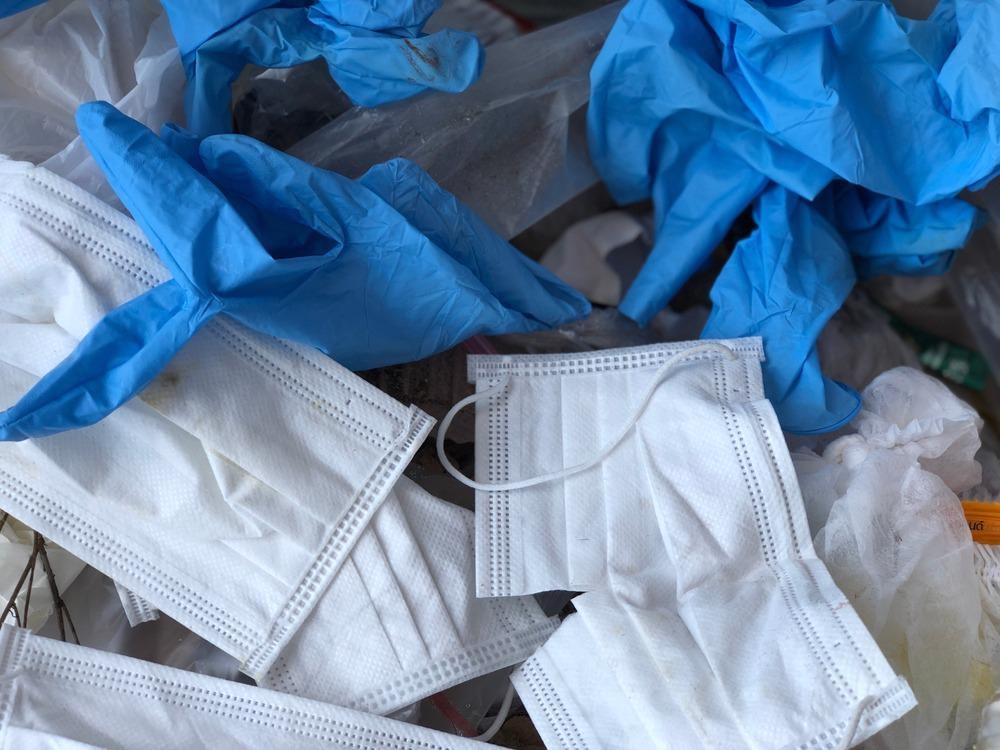In a recent study published in the journal Biomass Conservation and Biorefinery, researchers from India analyzed the potential of plasma gasification technology for the treatment of medical waste.

Study: A comprehensive review of the application of plasma gasification technology in circumventing medical waste in a post-COVID-19 scenario. Image Credit: praditkhorn somboonsa/Shutterstock.com
COVID-19 And Medical Waste
The world has seen three coronavirus pandemic outbreaks in the last two decades - severe acute respiratory syndrome (SARS-CoV-1), Middle East Respiratory Syndrome (MERS-CoV), and SARS-CoV-2 causing coronavirus disease 2019 (COVID-19). Due to the ongoing COVID-19 pandemic, disposable waste such as syringes, injections, gloves, sample containers, shields, and personal protective equipment (PPE) kits has increased, which resulted in a significant increase in biomedical waste (BMW) generation.
In the present study, researchers conducted a detailed review of the plasma gasification method for BMW disposal. The motivation behind the study was to examine the scope of application of plasma gasification for BMW disposal.
Plasma Gasification
Plasma gasification is a high-temperature waste decomposition process that converts waste into a valuable combustible gas, and the reactions during the process occur at 3500–6500 °C. The plasma supplies the thermal energy required for the operation, and due to the high temperature involved in the process, the waste decomposition occurs at a high rate.
The main parts of the plasma gasification setup are the reactor shell and the waste feeding system. Additionally, a hopper is used for continuous waste supply and a shredder for uniform particle size distribution. Depending on the size of the reactor shell, the plasma torches are placed in various locations in the body to improve the efficiency of waste disposal.
Compared with conventional gasification, plasma gasification has several advantages. The main advantage is that harmful radioactive materials and radicals are effectively removed due to high temperatures. Moreover, the plasma gasification process produces gaseous substances that can be used as raw materials in the construction and infrastructure development industries.
Syngas is also produced as a byproduct of the process that can replace traditional fuels in compression ignition engines. Additionally, the syngas produced is of good quality, high in hydrogen, and low in tar. As the waste scrap metals are recovered in molten form after the process, they can be effectively recycled. According to researchers, 900 kWh of electricity can be generated from one ton of solid waste input into the plasma gasifier.
Could a New Antimicrobial Coating from Tree Proteins Improve Masks?
The main limitation of the process is that syngas produced after BMW treatment in plasma gasification has few contaminants and nanoparticles. Additionally, it is an energy-intensive process; hence the average efficiency of the process is lower than conventional gasification.
Plasma Gasification of Biomedical Waste
Plasma gasification is a relatively new medical waste treatment technology. It is effective in BMW disposal because it produces a very high temperature, which breaks down complex structures into a simple form, resolving significant human health and environmental issues.
In the study, researchers elaborated several mathematical models to analyze the thermodynamics and chemical reaction during plasma gasification of biomedical waste. The models were significant in optimizing the plasma gasification process and reducing environmental damage.
According to the researchers, the process of plasma gasification is very effective in treating medical, hazardous, and cryogenic pretreatment waste. Additionally, during an experimental study of treatment of the BMW with plasma gasification, the syngas produced was of high quality and included carbon monoxide, hydrogen nitrogen, and sulfur at a volume percentage composition of 73.4%, 6.2%, 29.6%, and 0.8%, respectively.
The radioactive BMW waste generated can also be treated by the plasma gasification method using radiofrequency during the process. With regard to BMW waste treatment, the plasma gasification method has a high-efficiency rate of 99.9%. Moreover, the flexibility and acceptance of a wide range of waste make plasma gasification technology feasible for industrial applications.
Conclusions
Plasma gasification technology for BMW treatment is a viable option because it is a flexible technology, handles any medical waste with ease, and post-processing volume reduction of medical waste is estimated to be 95%. Moreover, such a significant volume reduction reduces the need for landfill space, making it a safe alternative compared with other gasification technologies.
Furthermore, the vitrified slag produced as a byproduct can be used for various purposes. Additionally, the syngas produced during the treatment can power compression ignition engines.
Future research should focus on reducing the cost of these technologies and improving their efficiency. Different standards and designs could be studied to develop a less costly alternative for a wide range of applications in BMW disposal.
Disclaimer: The views expressed here are those of the author expressed in their private capacity and do not necessarily represent the views of AZoM.com Limited T/A AZoNetwork the owner and operator of this website. This disclaimer forms part of the Terms and conditions of use of this website.
Source:
Kaushal, R., Rohit & Dhaka, A.K. A comprehensive review of the application of plasma gasification technology in circumventing medical waste in a post-COVID-19 scenario. Biomass Conv. Bioref. (2022). https://link.springer.com/article/10.1007/s13399-022-02434-z